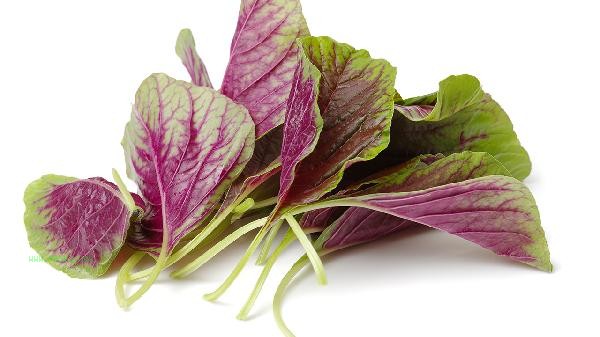There are four main classification methods for vegetables: botanical classification, edible organ classification, agricultural biology classification, and nutritional characteristic classification.

1. Botany Classification
According to the relationship between plant families and genera, cruciferous vegetables include broccoli, cabbage, etc., while solanaceous vegetables include tomatoes, eggplants, etc. This classification system emphasizes the genetic characteristics and growth habits of vegetables, suitable for application in scientific research and breeding fields, and can help identify common features of vegetables with similar genetic relationships.
II. Classification of Edible Organs
According to the plant parts consumed by humans, they are divided into root vegetables, stem vegetables, leaf vegetables, flower vegetables, and fruit vegetables. For example, carrots belong to root vegetables, celery belongs to stem vegetables, and spinach belongs to leafy vegetables. This classification intuitively reflects the edible value of vegetables and facilitates the selection of processing methods based on texture characteristics during cooking.

III. Agricultural Biology Classification
Vegetables are classified into 12 categories based on their cultivation characteristics, including melons, beans, onions, and garlic. For example, cucumber belongs to the category of melon vegetables, while cowpea belongs to the category of legume vegetables. This classification takes into account both botanical characteristics and agricultural production needs, and has practical significance in guiding crop rotation and pest control.
IV. Classification of Nutritional Characteristics
Based on the main nutritional components, vegetables are classified into high vitamin C vegetables, high carotene vegetables, etc. Sweet peppers are rich in vitamin C, while pumpkins are rich in carotenoids. This classification helps to tailor dietary combinations to meet the nutritional needs of different populations, making it particularly suitable for clinical nutrition and dietary therapy applications. In daily diet, multiple classification methods can be used to choose vegetables. It is recommended to consume 300-500 grams of different types of vegetables per day, with dark vegetables accounting for more than half of the total. Pay attention to adjusting the variety according to seasonal changes, and use cooking methods such as cold mixing and quick stir frying to maximize the retention of nutrients. Special groups such as diabetes patients need to control the intake of high sugar root vegetables, and gout patients should reduce the consumption of high purine vegetables.









Comments (0)
Leave a Comment
No comments yet
Be the first to share your thoughts!